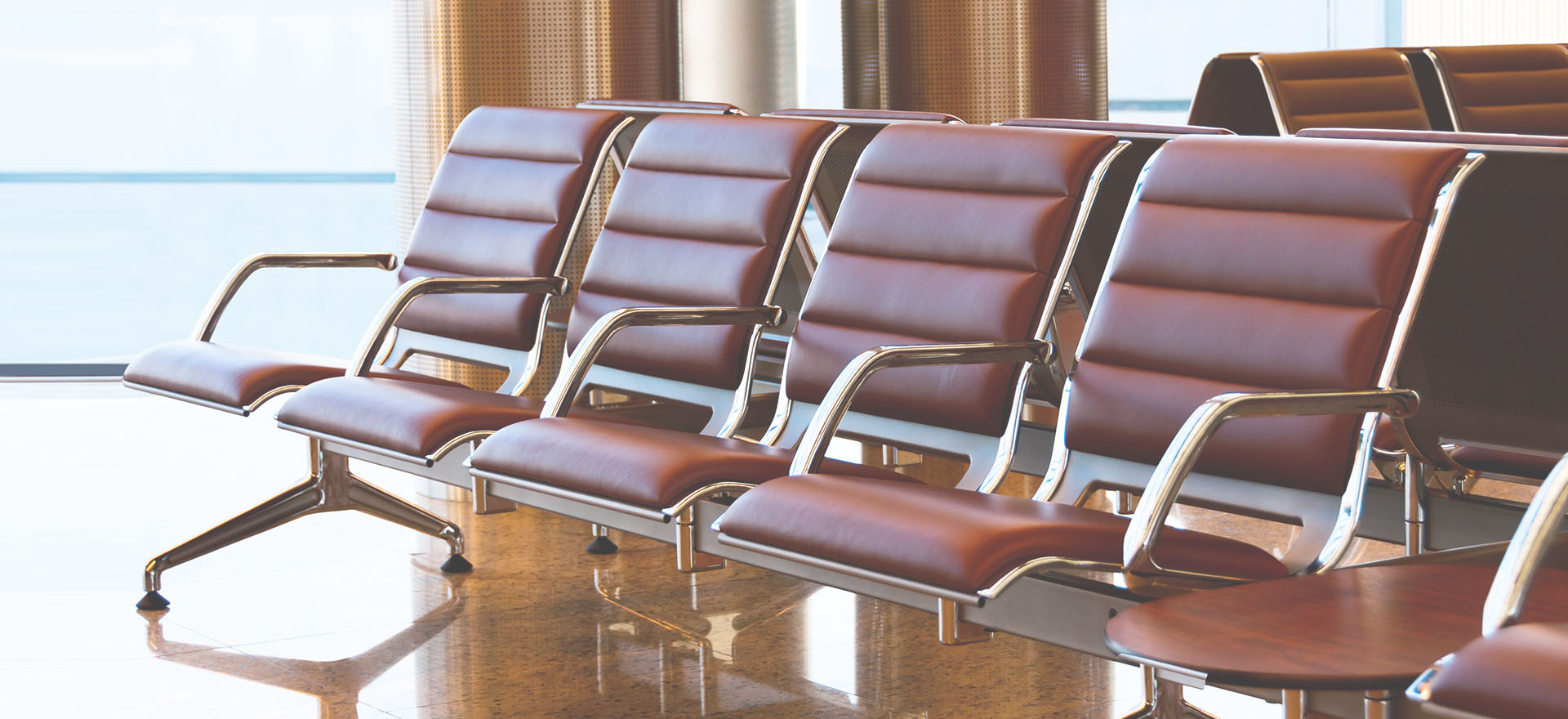What is a Dobutamine Stress Echocardiogram?
A Dobutamine stress echocardiogram is a diagnostic procedure that may be used when a doctor wants to
assess the heart muscle under stress. If exercise on a treadmill is not an option (too much stress on the
heart) due to a person's medical condition, a doctor may use an intravenous medication called
Dobutamine. Dobutamine causes the heart to beat faster and will mimic the effects of exercise on the
heart.
An echocardiogram is a noninvasive (the skin is not pierced) procedure used to assess the heart's function
and structures. During the procedure, a transducer (like a microphone) sends out ultrasonic sound waves
at a frequency too high to be heard. When the transducer is placed on the chest at certain locations and
angles, the ultrasonic sound waves move through the skin and other body tissues to the heart tissues,
where the waves bounce or "echo" off of the heart structures. The transducer picks up the reflected waves
and sends them to a computer. The computer displays the echoes as images of the heart walls and valves.
Why a Dobutamine Stress Echocardiogram?
Possible indications for a Dobutamine stress echocardiogram may include, but are not limited to, the following:
- To assess the heart's function and structures
- To assess stress or exercise tolerance in patients with known or suspected coronary artery disease
- To further assess the degree of known cardiac valve disease
- To determine limits for safe exercise in patients who are entering a cardiac rehabilitation program and/or those who are recovering from a cardiac event, such as a heart attack (myocardial infarction, or MI) or heart surgery
- To evaluate the cardiac status of a patient about to undergo surgery
There may be other reasons for your doctor to recommend a Dobutamine stress echocardiogram
During the test:
- You will be asked to remove any jewelry or other objects that may interfere with the procedure. You may wear your glasses, dentures, or hearing aids if you use any of these.
- You will be asked to remove clothing from the waist up and will be given a gown to wear.
- An intravenous (IV) line will be started in your hand or arm prior to the procedure for injection of medication and to administer IV fluids, if needed.
- You will lie on your left side on a table or bed, but may be asked to change position during the procedure. You will be connected to an ECG monitor that records the electrical activity of the heart and monitors the heart during the procedure using small, adhesive electrodes. Your vital signs (heart rate, blood pressure, breathing rate, and oxygenation level) will be monitored during the procedure. The ECG tracing that will record the electrical activity of the heart will be compared to the images displayed on the echocardiogram monitor.
- The technologist will place warmed gel on your chest and then place the transducer probe on the gel. You will feel a slight pressure as the technologist positions the transducer to get the desired image of your heart.
- The Dobutamine will be given through your IV, once you have reached your target heart rate or the maximum amount of the Dobutamine, the medication will be stopped. Your heart rate, blood pressure, ECG, and echo will continue to be monitored for 10 to 15 minutes until they have returned to the baseline state.
Once all the images have been taken, the technologist will wipe the gel from your chest, remove the ECG electrode pads, and remove the IV line. You may then put on your clothes.
Preparations:
**Patients who take insulin should only take half of their morning dose.**
- Please have a light breakfast (juice / toast) 4 hours prior to test.
- No Caffeine for 24 Hours
- No Smoking for 8 Hours
- Bring a List of your Medications * Inform the physician of any ALLERGIES *
- Please continue to take all of your medications unless told otherwise by your Cardiologist
- Notify the physician if you have a Pacemaker
- Please wear exercise clothing ~ walking shoes, T-Shirt
- Please bring your Eye Glasses or Hearing Aids if needed
- If needed you may bring a support person (language barrier, deaf, etc.…)

